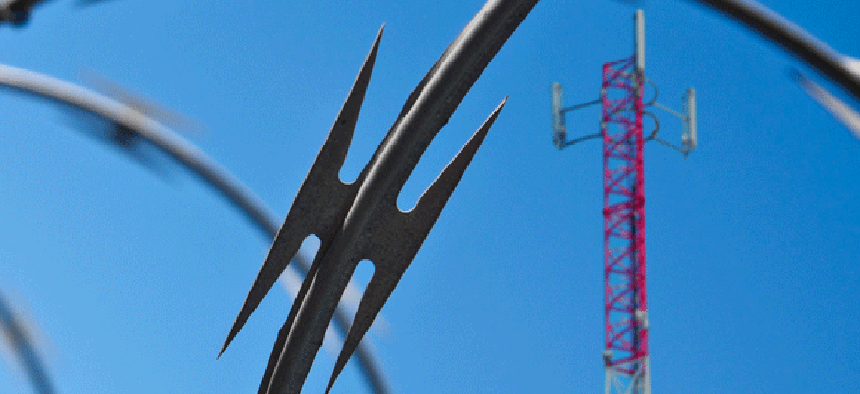Managing cellular access means really managing it, sometimes daily


Connecting state and local government leaders
A system to block contraband cell phones in prisons must be continually tuned to ensure that it covers the required footprint but does not step out of bounds.
The Mississippi State Penitentiary in Parchman was the first prison in the country to use the Intelligent Network Access Controller (iNAC), which blocks service for contraband cell phones inside the prison walls. Being on the cutting edge involved some learning, said Sean Smith, who heads the state’s Corrections Investigation Division.
“Our biggest misconception was the idea that it was plug-and-play,” Smith said. “It is not. It’s called managed access for a reason.”
The reason is that the system can require daily management to keep it tuned to the precise footprint needed.
Precision is critical for iNAC. It is a local base station intended to be the preferred cellular service for all devices within a given area, so that usage can be controlled and unauthorized users, meaning the inmates, kept off the network. But the signal should not extend outside the gray walls, where it could pick up legitimate cell phones and deny them service because they are not on the prison’s approved list.
iNAC, from Tecore Networks, accomplishes this all-or-nothing feat with multiple directional antennas that can be positioned and their power adjusted to cover a required area. It can take several weeks to get a system configured to operate within the required parameter. But the RF environment is not static, and additional adjustments can be needed on a daily basis. Signal strength, direction and penetration can vary depending on physical changes in the environment, weather and outside signals from carriers’ cell sites.
Deployment of the system so far is in the early stages, with only two prisons using it, but Tecore is beginning a mainstream rollout of the product, showcasing it at the American Correctional Association’s annual conference in August. Smith had some advice for institutions considering the technology.
“Do as much research as you can, and understand what managed access does,” he said. "Understand your facility, what you need to do and what not to do."




